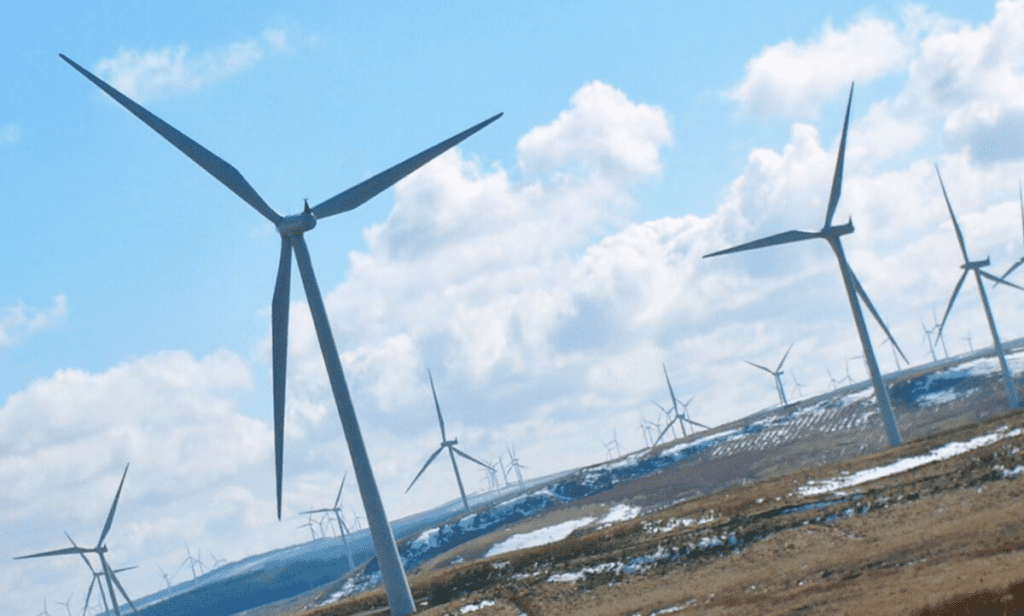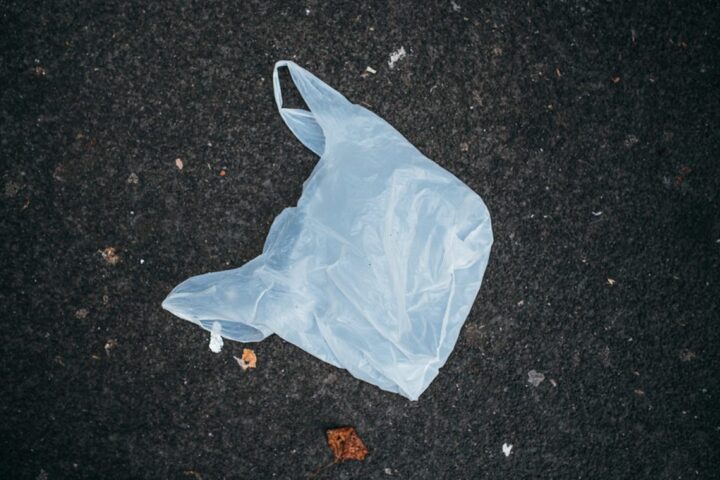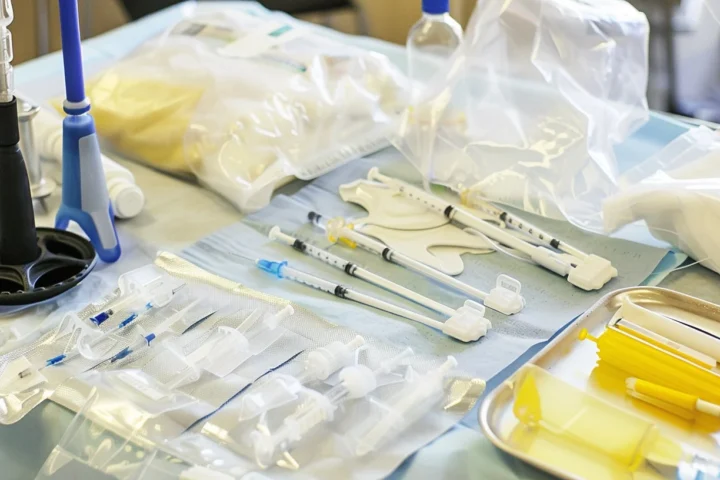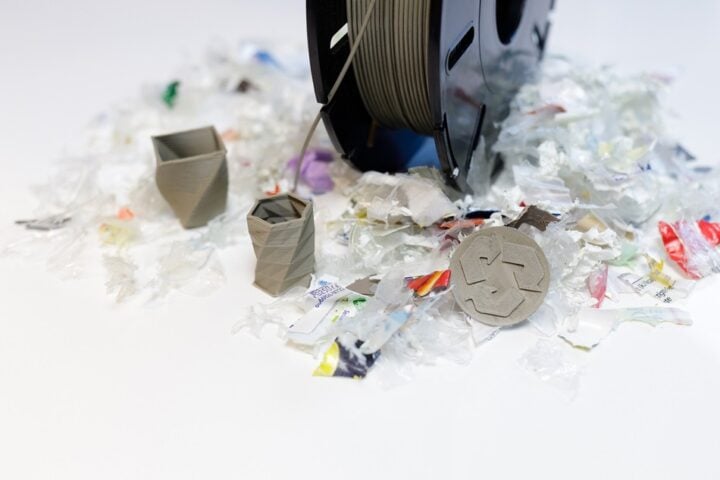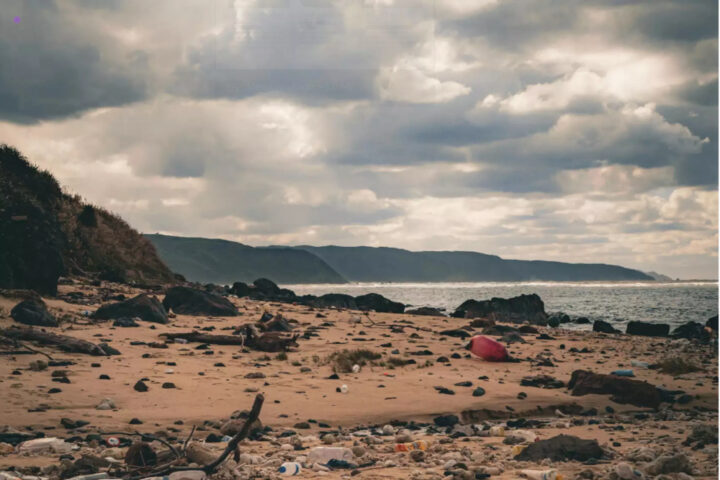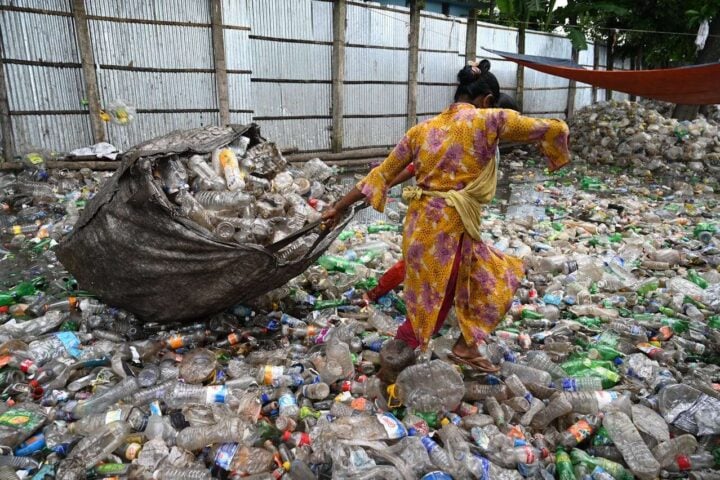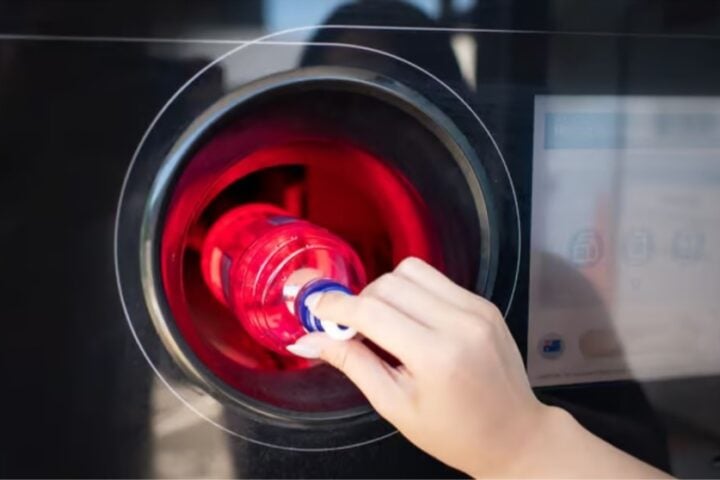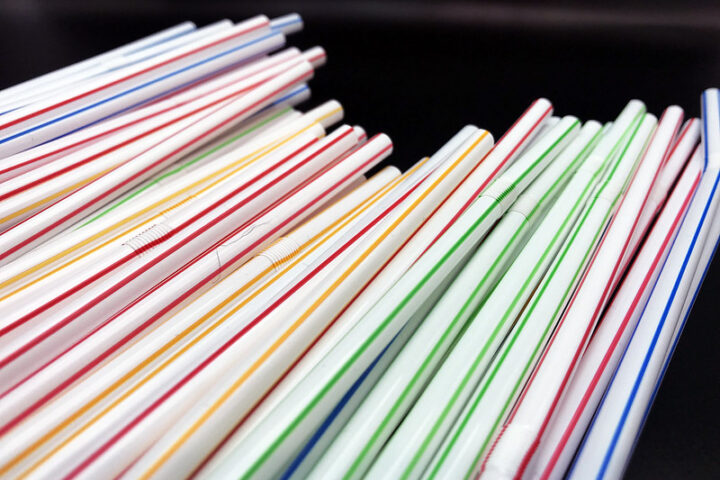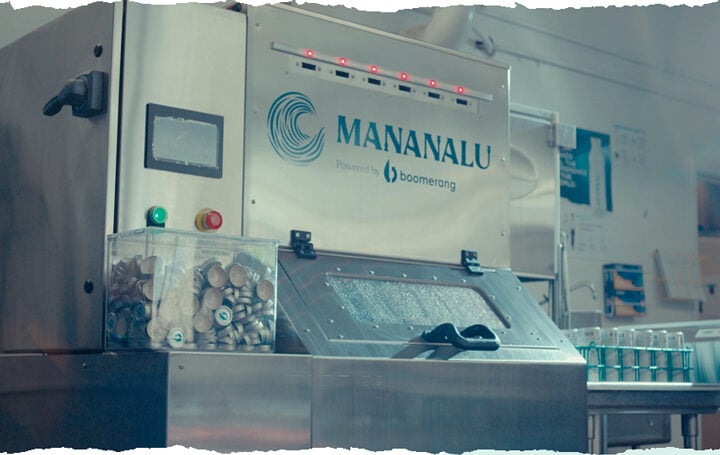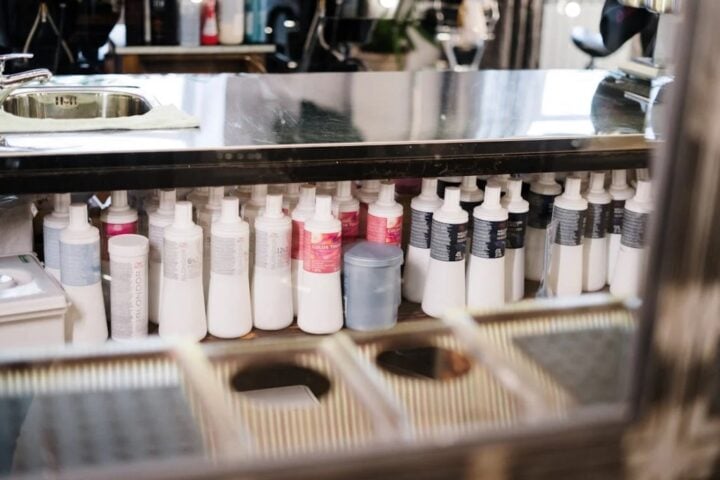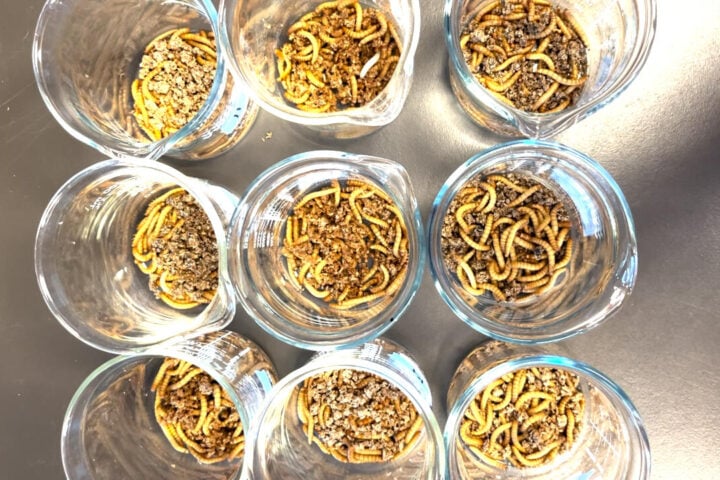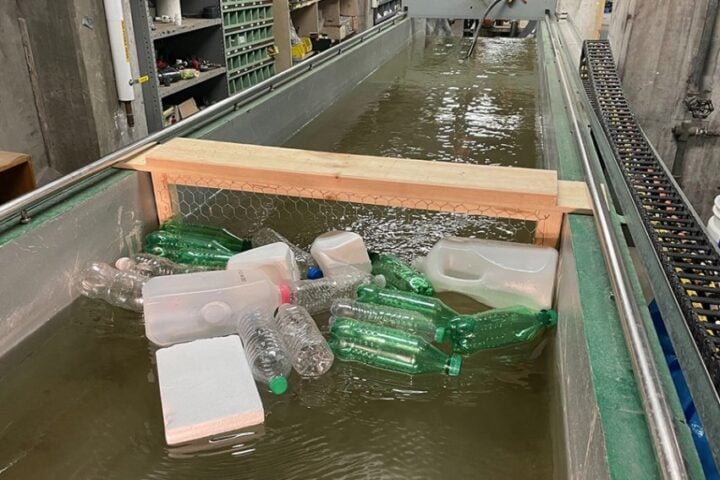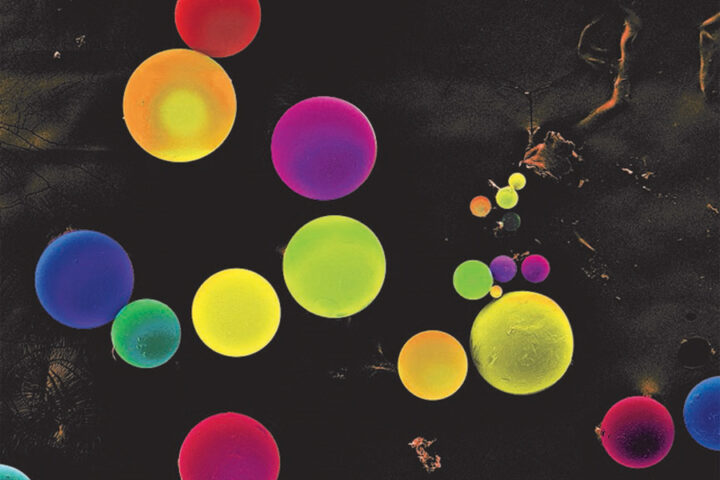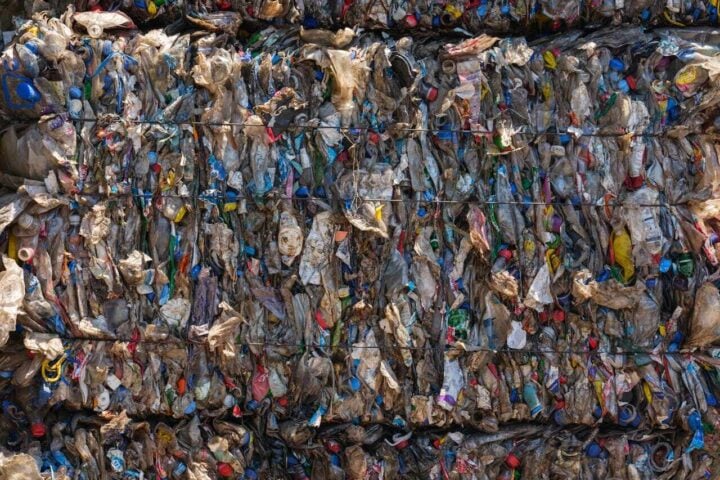Wasser 3.0 gGmbH is a company that seeks to provide solutions for microplastics and micropollutants. This is a huge menace to society and most treatments are expensive, Wasser provides the most cost-effective and resource-efficient removal of microplastics and micropollutants from water. Their core values are to cause social-ecological transformation to wastewater treatment through green chemistry, environmental technology, and foresight. Their methodology isn’t excessively complicated, they have focused on basic research and educational initiatives to create innovative water treatment solutions. A green company that aims to deal with a pertinent social issue. Their brand has been recognised and acknowledged for their work. Only a few months after Wasser 3.0 PE-X® processes were introduced in municipal sewage treatment plants, industrial process water, and seawater lower readings were recorded.
For their efforts they have been accepted into The Futures Project’s accelerator programme after winning the Get in the Ring-Impact Berlin competition,Next Economy Award, Solar Impulse Efficient Solution Label and the United Arab Emirates Global Innovations Awards.
How does it work
Wasser 3.0 has set up a three point process which uses research & technology to simplify the much complicated issue of microplastics.
1. Detection
Natural and environmental science expertise is combined with analytical application. Wasser 3.0’s novel microplastic detection concepts focus on polymer-specific interaction analyses. They are founded on science, tested, and validated in direct relation to the application.
Their goal is to detect and quantify microplastics in a simple process step before removing them from water in a resource-efficient, sustainable, and verifiable manner. Microplastic particles are frequently assessed solely visually. They progressively reduce errors and increase their ability to act by using Wasser 3.0 detect.
Microplastic particles are distinguished by their unnatural color using dyes, mostly fluorescent. The error rate is estimated to be between 20 and 70%. To reduce or avoid sources of error and obtain more precise data, a more selective method is required.
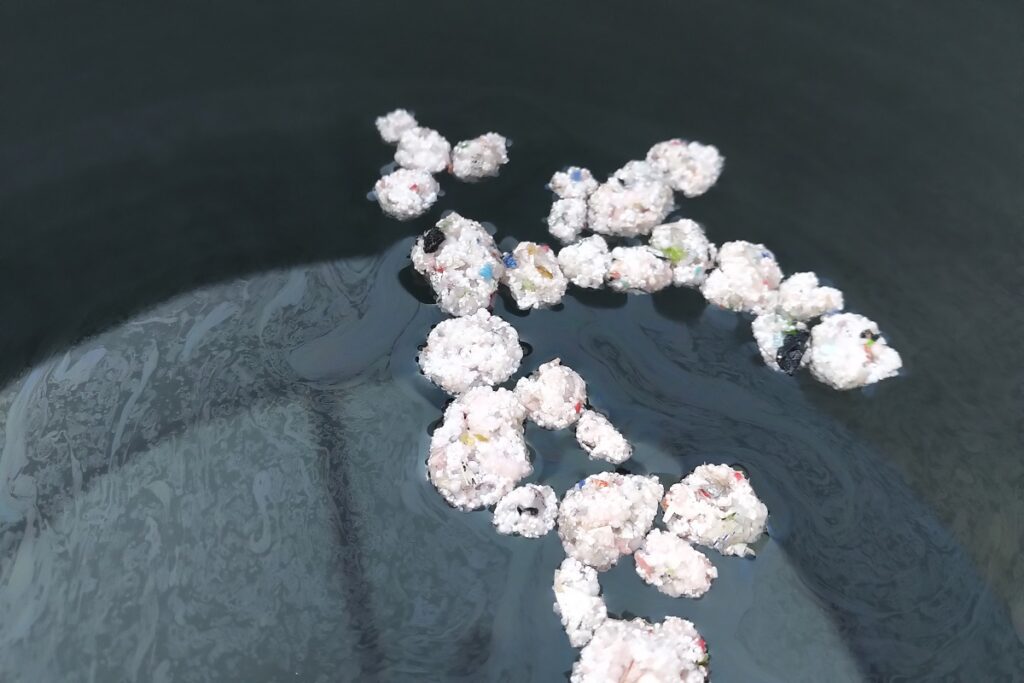
2. Removal
Every body of water is unique: the combination of know-how and an exploratory spirit results in tailor-made solutions. In addition, for continuous process improvement, it is critical to gain a better understanding of the processes and analyze the behavior of microplastics and micropollutants in different waters, as well as to broaden the areas of application.
Wasser 3.0’s current research projects and feasibility studies focus on sludge treatment, wastewater as a resource, and the reuse of microplastic agglomerates in new products, as well as the simultaneous removal of micropollutants like PFAS and microplastics.
The procedure entails addition of silica gel into spinning water, mostly inside a tank. It is a clumping agent called Wasser 3.0 PE-X. Once added, it attracts all the microplastics into bigger lumps or agglomerates that rise to the surface and can be skimmed off easily.
3. Reuse
The leftover waste, like microplastic lumps or agglomerates from the removal processes has usable potential. Wasser 3.0 research finds how the valuable residues can be reintroduced into the value chain. The key point being the union of circular economy and resource conservation.
The plastic free water remains are a valuable asset and can be used in various applications like industrial, agricultural etc. Whereas the leftover microplastic can be used in specific construction applications & more.
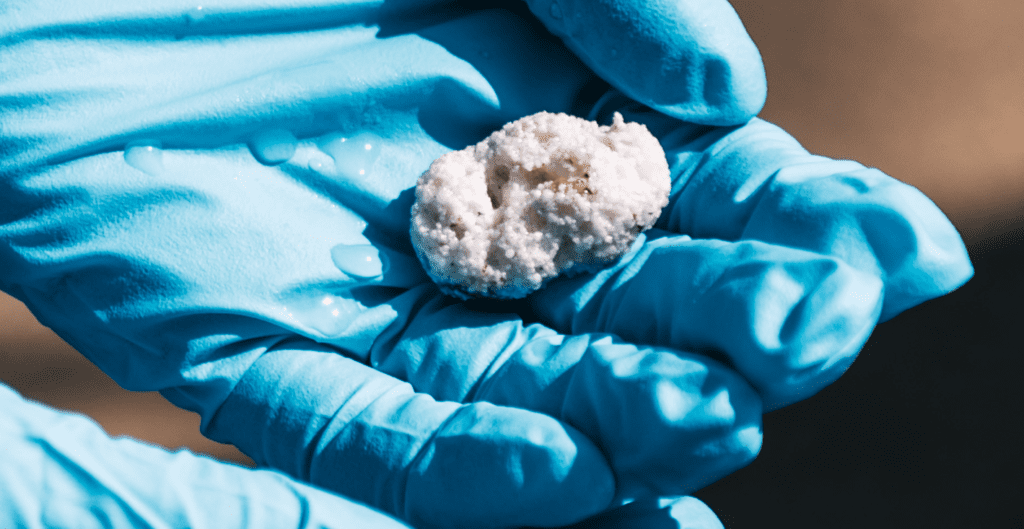
Sustainability.
The core tenet of Wasser 3.0 is sustainability, as a sustainability entrepreneur, they work totransform existing production and consumption logics on a systemic and socio-ecological level.They want to see their research, technology, innovation, legislation, and education be used ascritical levers for achieving a water free of microplastics and micropollutants. This is what trulydrives them.
Their work has established themselves as a non-profit GreenTech company at the crossroadsof science, business, politics, and society. They also aim to promote responsible research and green innovations for water free of microplastics and micropollutants. For the most sustainable and effective manner, they have collaborated closely with communication, education, and organization in the areas of research, development, and innovation. The company is involved in making a direct contribution to improving health and well-being through our systemic approach,low-tech solutions for water without microplastics and micropollutants, as well as education and awareness-raising work.
Principles of the company
Beyond sustainability, the company is also driven by the belief that access to safe and cleanwater is a fundamental human right. Going against the tide they believe that purely commercial, profit-driven action is a completely inappropriate way to secure the world’s most important resource. Their entrepreneurial value is related to the overall social context of clean water-primarily in terms of ecological and social aspects. These accessible solutions that they provide are embedded in future-proof transformations of general production and consumption logic and contribute concretely to the achievement of the UN Sustainable Development Goals. The solutions and approaches they provide are some of the most efficient, simple to use, affordable, transparent, and long-lasting. As part of a non-profit GmbH dedicated to the common good, they immediately reinvest their profits to have a greater impact on the world. They believe that everything is interconnected, influences, and stimulates one another. We think and act in a radically impact-oriented manner, transcending silos and individual interests. Long-term goalsinclude systematically linking responsible research and green innovation with open communication, committed information, and long-term education.
